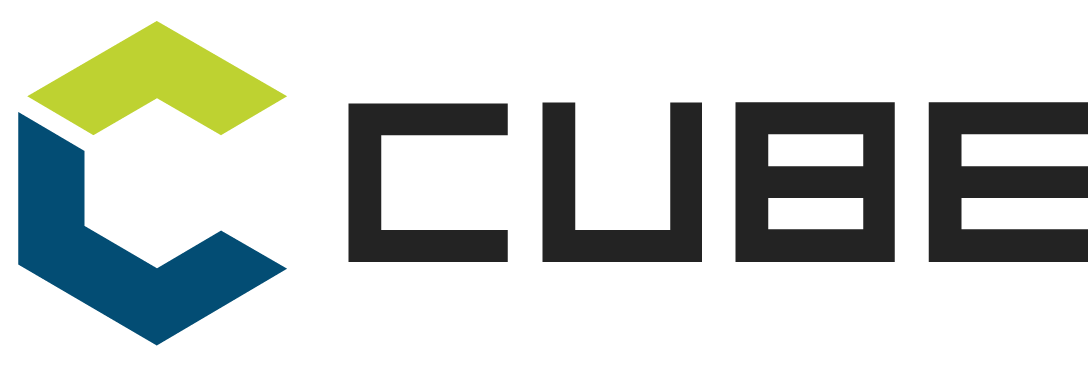
15 Jun Four things marketeers should know when changing product packaging
What is the impact of the switch to cardboard packaging in retail and what choices should a business make to be able to guide and assist customers in their choice of product? With – among others – these questions in mind, Niko – a European manufacturer of switches and sockets, headquartered in Belgium – went to visit research agency Boobook, which responded by conducting a qualitative and quantitative investigation. Leon Theune, market segment manager with Niko, was present in the CUBE track at the BAM Marketing Congress in May. He has drawn four lessons during his speech from the agency’s market research.

Let’s start with some background information. The Belgian company Niko is present in more than 12 European countries, selling switchgear, home automation, access control, lighting control and sensors. Its mission is to ensure that their electrical installations work optimally for their users. Quality, design and innovation have been key to the company philosophy for more than 100 years.
The products are distributed through the electrotechnical wholesale business where the installation company – the electrician – purchases his materials. Niko’s core business is assisting installers in every step of the process. Besides which the company also has a retail channel and sells its products to DIY-chainstores.
For its product packaging intended for retail channels Niko has traditionally used hard plastic. Recently, the company decided to change this type of packaging: it is phasing out ousting plastic packaging in favour of cardboard, which is more sustainable. Moreover, Niko saw this transformation as an excellent opportunity to review the information it used to provide to accompany its products and solutions.
Niko collaborated with Boobook, a modest but qualitatively strong research agency, to carry out this analysis. Their research happened in two phases: Boobook first examined how the customer evaluates the quality of DIY-packaging and what he or she considers important, and subsequently the proposed new packaging solutions were tested quantitatively. This market research yielded four important lessons. Leon Theune shares these with us.
- Start with an open mind
“This may seem like stating the obvious, but it is not always self-evident – especially when going from plastic to cardboard. We went back to basics, asking ourselves what packaging means to the customer, to our channels, with our products, and what information the customer requires on his ‘customer journey’. Throughout this process the only question on our mind, our only goal, was: how can we improve our products and implement optimisation?”
- Don’t assume sustainability is top of mind
“Consumers’ interests are not always consistent with a company’s concerns. Niko believes it is important to stop using hard plastic packaging and switch to cardboard packaging, but to the customers’ mind, this may not be the main reason to choose a product. The customer does, however, as other studies have shown, expect manufacturers and brands in general to take on a leading role in the battle to make packaging and products more sustainable, yet this sustainability is no priority, or in any case it is not top-of-mind. For this reason, we are providing customers with a clear explanation of our reasons for favouring sustainability. The analysis afterwards often shows that customers do think it is important for businesses to take on this leading role: all it takes for them to feel involved in this narrative is to get the reasoning behind the switch. Based on Boobook’s insights we decided to elaborate on our initiatives regarding sustainability on the packaging. We explain, for instance, that every aspect of our production is in it for the long haul: Niko offers, for instance, a four-year warranty. We also indicate that most of our products are made in Belgium. And for the production of our packaging we use FSC-certified paper, a very sustainable solution.”
- Get the basics right
“Unlike someone with a professional background in installation technique, a DIY electrician does not always have a good understanding of which products he needs to assemble to obtain a complete solution and a satisfying result. That is why we decided to provide all packaging with a kind of ecosystem description. This ensures that customers know what they will need to put together a finished product and which specific components make up any given product. We ended up applying this philosophy to all our products. Knowing that our retail shelves measure up to 8 meters in length, a total of hundreds of our products now come with an ecosystem description.”
- Go for long-term investments
“A business should be prepared to invest in long-term solutions. We saw earlier that a switch to cardboard packaging was not exactly a customer demand, but it was a necessary investment for the brand to become future proof in the long term and make the transition. Niko does, after all, put great stock in being a frontrunner and to participate in the debate about tomorrow’s world.”
Want to know more about the BAM Marketing Congress? Discover the pictures and aftermovie here.
